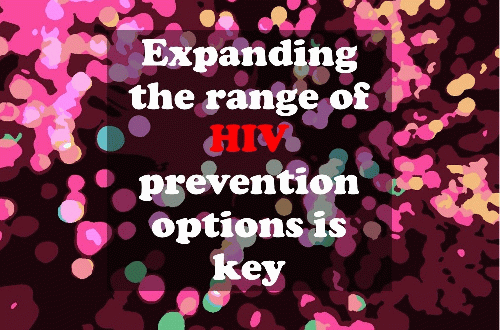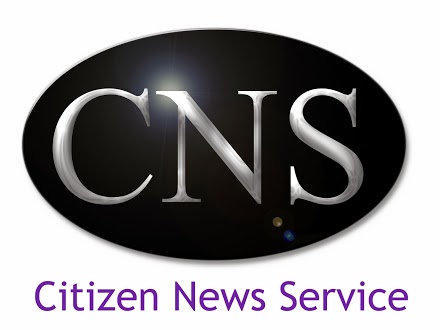
We need to expand the range of HIV prevention options to choose from for ALL people, who come from different realities, contexts, preferences, and other factors that affect the access and utilization
(Image by CNS) Details DMCA
Great strides have been made in HIV prevention, treatment and care, since the first case of the viral infection was reported 40 years ago. Thanks to the untiring efforts of the HIV community, activists, and medical fraternity, 74% (27.5 million) of the 37.7 million people living with HIV are able to access the lifesaving antiretroviral therapy today. But the governments' promise of ending AIDS by 2030 (Sustainable Development Goals) is still far from our sight.
Deliberations at the recently concluded 11th International IAS Conference on HIV Science (#IAS2021) show important progress in HIV prevention, treatment, and cure efforts despite major disruption to HIV programmes and research during the COVID-19 pandemic.
Keeping in mind that there were 1.7 million new HIV infections in 2020 (which is 3 times higher than the UNAIDS 2020 targets), HIV prevention must remain a key focus. While speaking with the journalists around IAS 2021, Professor Linda Gail Bekker, who is the Director of Desmund Tutu HIV Centre at the University of Cape Town, South Africa, and former President of the International AIDS Society (IAS), said that humanity comes in many shapes and forms, and so should HIV prevention options.
This article, the first in the series of a trilogy by CNS head and IAS HIV Science 2021 Media Fellowship Awardee Shobha Shukla, showcases an array of prevention options that are either already at our disposal or are in various stages of development.
Pre-Exposure Prophylaxis (PrEP): Once daily oral pill
It has been 10 years now since it was proved that adherence to antiretroviral based oral PrEP provides robust protection against HIV in all populations and for all routes of infection. We have PrEP-1, the daily oral HIV prevention pill Truvada whose two active ingredients are tenofovir disoproxil fumarate (TDF) and emtricitabine (FTC), both of which are nucleotide reverse transcriptase inhibitors.
But, in some users daily oral PrEP can be a barrier to adherence and can lead to pauses or discontinuation. This has led to the next discovery of taking the pill on-demand at the time of exposure and not daily. So we have PrEP 1.5, TDF/FTC as oral HIV prevention on-demand. The dosing for PrEP on Demand is 2-1-1, that is, two tablets taken 2-24 hours before engaging in sex, one tablet taken 24 hours after the first two, and another tablet 24 hours after that. But it can be used only by cisgender and other men who have sex with men.
While nearly 1 million people have accessed the PrEP prevention option globally, the oral daily or on-demand PrEP is not feasible for everyone. Many people may find it difficult to remember to take the pill daily or at the right time. If one stops on and off there is risk of poor coverage of exposure, as substantiated from a study by Global Evaluation of Microbicide Sensitivity, which found high rates of HIV drug resistance in some individuals who were diagnosed with HIV while participating in HIV PrEP rollout programmes in Eswatini, Kenya, South Africa, and Zimbabwe. Levels of drugs in their blood suggested that they were taking PrEP at least 4 times a week, which was not enough to prevent HIV infection, but enough for the resistant virus to emerge (as drugs used in PrEP are also used for HIV treatments). Moral of the story is to take PrEP every day as prescribed, to stay free of HIV.
(Note: You can view every article as one long page if you sign up as an Advocate Member, or higher).





